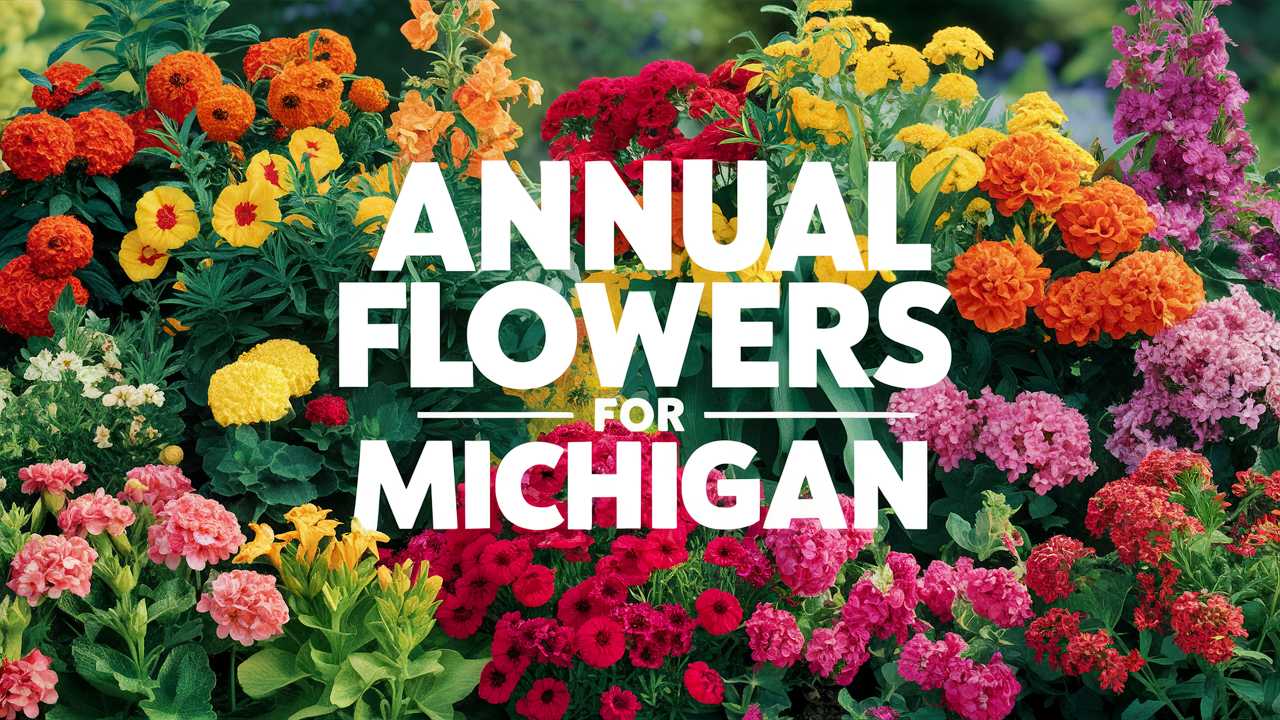In this post, we will explore some of the best annual flowers for Michigan gardens, so you can fill your outdoor spaces with beauty all summer long.
Zinnia
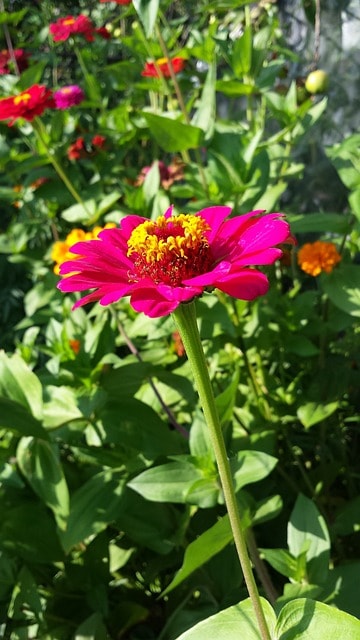
Zinnias are a popular choice among Michigan gardeners, and for good reason! These flowers are known for their stunning variety of colors and shapes, making them a lively addition to any garden. They thrive in full sun, which is abundant in Michigan during the warmer months. Zinnias are also drought-tolerant, allowing them to withstand the fluctuating weather conditions sometimes seen in the state.
These annuals are easy to grow from seeds and can be started indoors or sown directly into the garden after the last frost. Their blooms attract pollinators such as butterflies and bees, adding life and movement to your floral display. Zinnias also make fantastic cut flowers, enabling you to bring the beauty of your garden indoors. While they do require some basic care—like deadheading to promote further blooming and adequate spacing to allow for proper airflow—these resilient flowers are a gardener’s dream for a colorful summer.
Bacopa
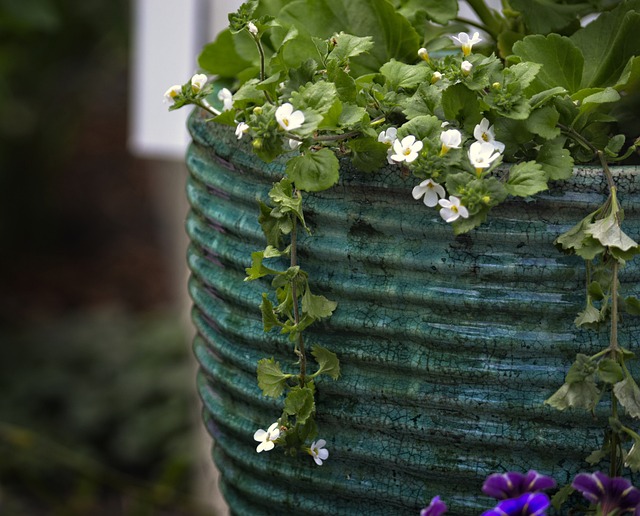
Bacopa is a charming flowering plant that often graces the gardens and hanging baskets of Michigan. With delicate, trailing stems and small, rounded leaves, Bacopa produces a profusion of tiny flowers, usually in shades of white, blue, or pink. This versatile plant thrives in sunny spots and can tolerate partial shade, making it suitable for varied garden conditions.
What sets Bacopa apart is its ability to trail gracefully, which makes it perfect for containers, window boxes, and as a filler in mixed plantings. Bacopa plants prefer moist, well-draining soil and should be watered consistently to keep their vibrant blooms going strong. In Michigan, where temperatures can vary, these flowers bring a refreshing touch to any space. Their enchanting fragrance and distinct appearance can create a serene atmosphere, inviting you to spend more time in your garden.
Sweet Alyssum

Sweet Alyssum, with its delicate clusters of tiny flowers, is another lovely addition to any Michigan garden. Known for their sweet fragrance, these flowers can fill the air with a delightful scent that many gardeners adore. Sweet Alyssum is particularly great for border plantings and rock gardens or as ground cover, adding texture and color to various garden layouts.
These annual flowers thrive in cooler conditions, making them suitable for early spring planting in Michigan. They prefer full sun but can also tolerate partial shade, allowing them to grow in a variety of locations. One of the most exciting aspects of Sweet Alyssum is its ability to attract beneficial insects, such as ladybugs and lacewings, which can help keep harmful pests away from your other plants. With a little care and attention, your Sweet Alyssum will spread and flower, bringing joy to your garden.
Petunia
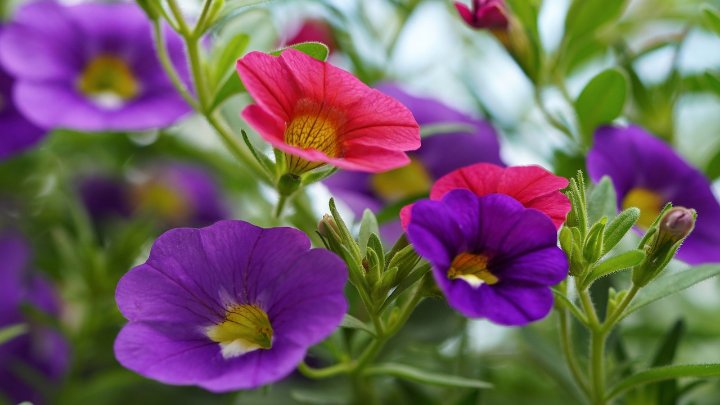
Petunias are among the most popular annual flowers, and they are a perfect fit for Michigan gardens. Their vibrant blooms and ability to withstand the state’s variable climate make them a favorite choice for both novice and experienced gardeners alike. Available in an incredible array of colors, patterns, and sizes, Petunias can adapt to almost every garden design.
These flowers thrive in full sun and well-drained soil, making sure to give them plenty of water during hot spells. Deadheading spent flowers can encourage continuous blooming throughout the summer months. Petunias are also versatile; you can plant them in garden beds, hanging baskets, or containers. With their eye-catching colors and bright blooms, Petunias can enliven any corner of your outdoor space, creating a captivating display that can delight both you and your guests.
Nasturtium
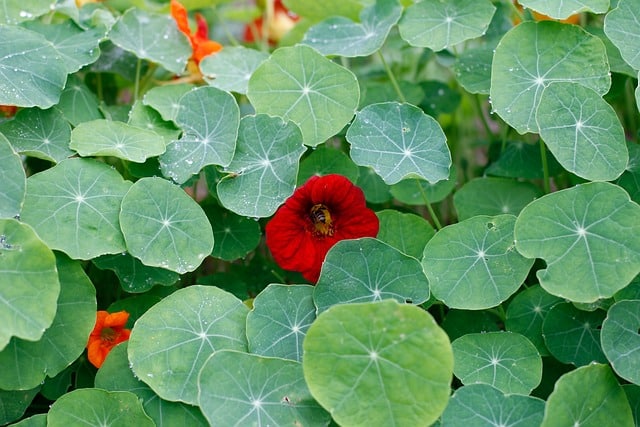
Nasturtiums offer a unique flair to Michigan gardens with their vibrant, edible flowers and lush foliage. These annuals are known for their bright colors, ranging from sunny yellows to fiery reds, and their attractive round leaves make them a visually appealing addition to any garden. Beyond their aesthetic charm, Nasturtiums are entirely edible, with a peppery flavor that can enhance salads and other dishes.
Nasturtiums thrive in full sun and appreciate well-drained soil. They are particularly well-suited to be planted in containers or as ground cover, where they can cascade beautifully. They also attract beneficial insects, making them a valuable companion plant for other flowers and vegetables. In a Michigan garden, Nasturtiums will flourish, providing not only color but also a touch of culinary adventure.
Tickseed (Coreopsis tinctoria)
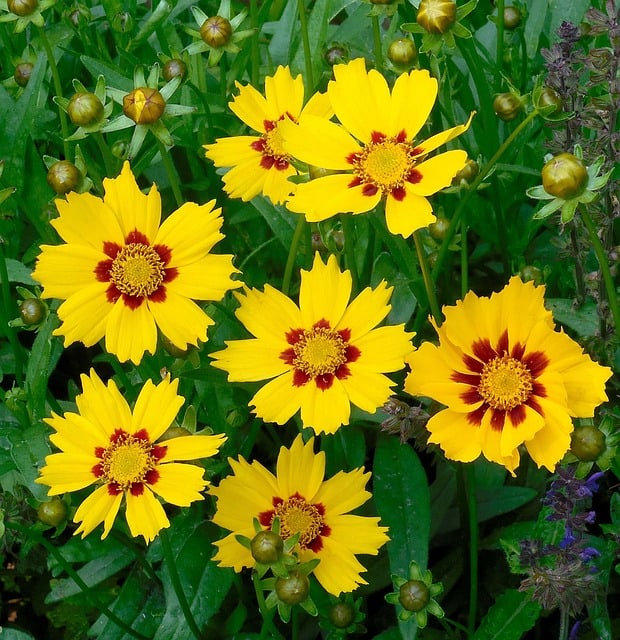
Tickseed, or Coreopsis tinctoria, is a hardy, drought-resilient annual that thrives in Michigan’s climate. Known for its cheerful yellow and red blooms, this flower doesn’t just provide aesthetic value; it also attracts pollinators like bees and butterflies, enhancing the biodiversity of your garden. Tickseed prefers full sun and can tolerate poor soil conditions, making it an incredibly low-maintenance option for busy gardeners.
These anise-scented flowers can be direct-seeded in the garden or started indoors to get a jump on the growing season. Tickseed blooms profusely throughout the summer, offering a constant splash of color from early spring until fall. Additionally, they are excellent for naturalizing, so if you’re looking to create a pollinator-friendly space, these adaptable flowers are an ideal choice.
Lantana
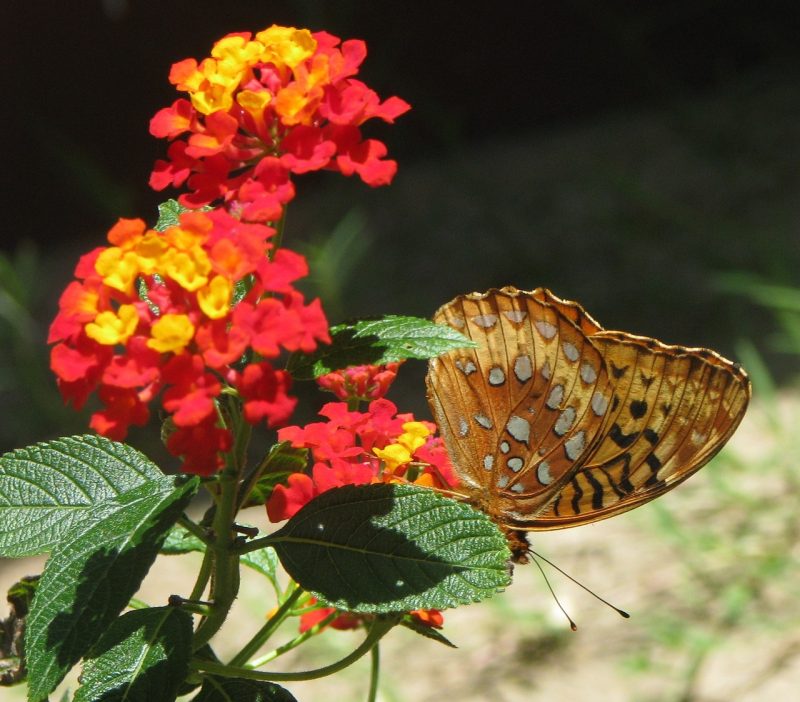
Lantana may be less known in Michigan, but it can be an exciting addition to your garden, especially in warmer microclimates. Lantanas are admired for their clusters of small, vibrant flowers that can showcase a range of colors—from yellow and orange to red and purple. Their ability to bloom prolifically throughout the summer makes them a popular choice for gardeners seeking vibrant hues.
These annuals are heat-tolerant and thrive in full sun, making them perfect for the hottest months of Michigan’s summer. They also attract butterflies, adding to the lively spectacle of your garden. Given their tropical origins, be mindful of the potential need for protection during unexpected cold snaps. In container settings, Lantanas can add a flourish and color to your outdoor living spaces.
Cosmos

Cosmos is another fantastic choice for Michigan gardens, known for its graceful, daisy-like flowers that add a touch of whimsy wherever they bloom. With their tall, slender stems, cosmos flowers dance in the breeze, creating a serene and lovely effect. They come in various colors, including pink, white, and orange, allowing many options to suit your garden’s aesthetic.
These flowers thrive in full sun and can tolerate poor soil conditions, making them incredibly easy to grow. They attract pollinators such as butterfl iss, giving your garden an additionally dynamic element. Cosmos are also excellent as cut flowers and can last long in a vase, allowing you to bring snippets of your garden indoors. Planting them in mass creates a stunning visual intrigue, particularly when swaying in the wind.
Gerbera Daisy
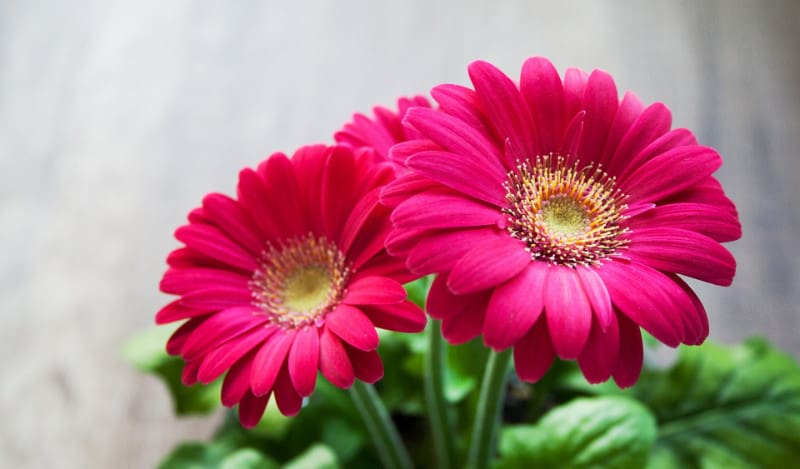
Gerbera daisies are beloved for their large, stunning blooms and wide array of vibrant colors, making them a delightful addition to Michigan gardens. These flowers shine brightly and can stand out in perennial borders, cutting gardens, or even in patio containers. With their cheerful appearance, they can instantly uplift any outdoor space.
When grow ing Gerbera daisies, ensure they receive full sun and well-drained soil. They thrive in warm weather, so planting after the last frost is ideal. Regular deadheading will encourage a longer blooming period, and with proper care, you can enjoy their stunning flowers throughout the summer. Gerbera daisies also work well in floral arrangements, adding a pop of color and joy to both indoor and outdoor spaces.
Coleus
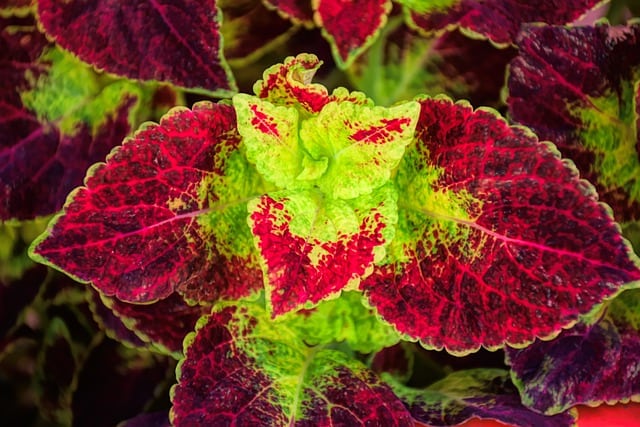
Coleus is often celebrated for its unparalleled foliage rather than blooms, making it an exciting addition to any Michigan garden. These plants can produce a vibrant array of colors, patterns, and textures, allowing creative displays that can complement or contrast your flowering plants. Available in a variety of hues, from deep purples and reds to bright greens, Coleus can thrive in partial shade and even tolerate full sun given the right conditions.
In Michigan, where sunlight can be intense, selecting varieties with heat tolerance is essential. Coleus does well in moist, well-drained soil, and regular watering can help maintain their lush appearance. This diverse annual can be used in borders, in containers or as a focal point for vibrant gardens. They can easily serve as the backdrop for seasonal flowers, creating a delightful tapestry of color in your landscaping.
Lantana (Again)
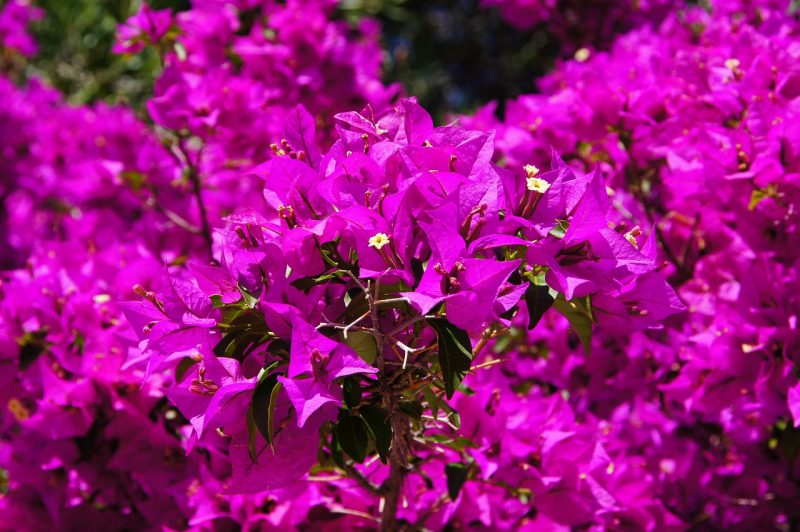
Returning to Lantana underlines its immense value in making a Michigan garden vibrant and alive. These flowers are not only visually striking, but they also have a strong nature-friendly aspect as they attract numerous pollinators, providing sustenance and habitat for wildlife. Their resilience to dry conditions is particularly beneficial given Michigan’s sometimes unpredictable weather patterns.
Lantana’s tolerance for neglect makes it a great choice for busy gardeners who still wish to enjoy a stunning display. Given the right conditions, they can flourish from late spring until the first frost, making them reliable bloomers in your garden. Utilizing both well-drained containers and in-ground planting allows you to maximize their beauty and utility in varied locations.
Marigold
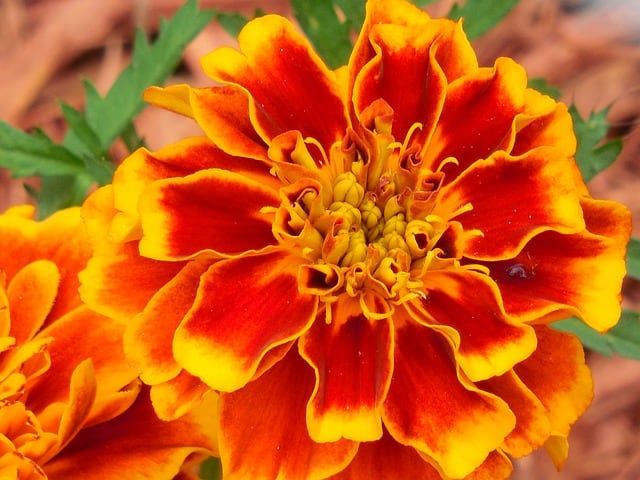
Marigolds are a staple for any Michigan garden, beloved for their bright, cheerful flowers and resistance to pests. Their rich yellow, orange, and gold hues can light up a garden bed while serving a functional purpose—deterring nematodes and other garden nuisances. This makes Marigolds not only beautiful but also beneficial, worth considering for a vegetable or herb garden as a companion plant.
These flowers enjoy full sun and can thrive in a variety of soil types, making them versatile companions in your garden layout. They are easy to grow from seeds and can be directly sown into the ground after the frost passes. With regular deadheading, Marigolds will keep producing blooms all summer, bringing consistent color and joy to your outdoor space.
Million Bells

Million Bells, also known as Calibrachoa, is a stunning annual that is perfect for those looking to add a continuous burst of color in their Michigan gardens. This charming flower produces an abundance of small, bell-shaped blooms that cascade beautifully, making it ideal for hanging baskets and containers.
These flowers thrive in full sun and are drought-tolerant, making them relatively low maintenance. They can bloom profusely through the summer, requiring only occasional deadheading to maintain their health and beauty. With their trailing habit and vibrant colors, Million Bells can fill any garden nook with an amazing splash of cheerfulness.
Salvia
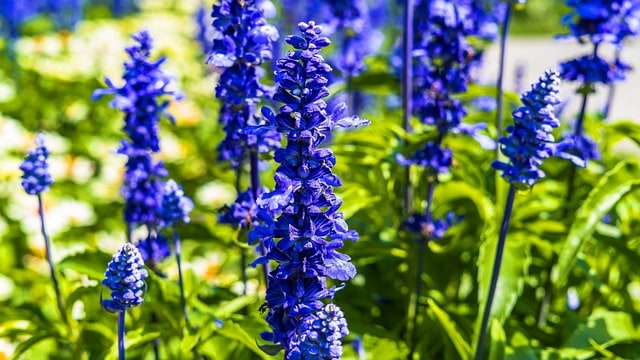
Salvia offers a range of colors and forms while being remarkably resilient in Michigan gardens. Drought-tolerant and heat-loving, these perennial offerings are also considered annuals in colder climates. Salvia produces tall flower spikes adorned with clusters of small blooms in stunning shades of blue, purple, red, and white, creating a striking visual presence.
These flowers thrive best in full sun and love well-drained soil, making them suitable for borders, mixed beds, or ornamental gardens. Salvia not only attracts pollinators but also benefits from deer resistance, making them a dependable choice for nature-lover’s gardens. Their blooms can last well into fall, providing continued beauty as the seasons change.
Sunflower

Sunflowers are a quintessential symbol of summer and happiness, making them a fantastic addition to Michigan gardens. Known for their towering height and bright yellow heads that follow the sun, these annuals can make any garden feel cheerful and lively. Sunflowers can prove to be much more than an aesthetic delight; they also produce seeds that attract various wildlife.
These imposing flowers thrive best in full sun, requiring well-drained soil and ample space for their roots to spread. They are relatively drought-tolerant once established and should be planted in the spring after the last frost. Sunflowers make an excellent choice as a focal point or to create a natural screen, and their joyful blooms can be a delightful addition to any landscape.
Verbena
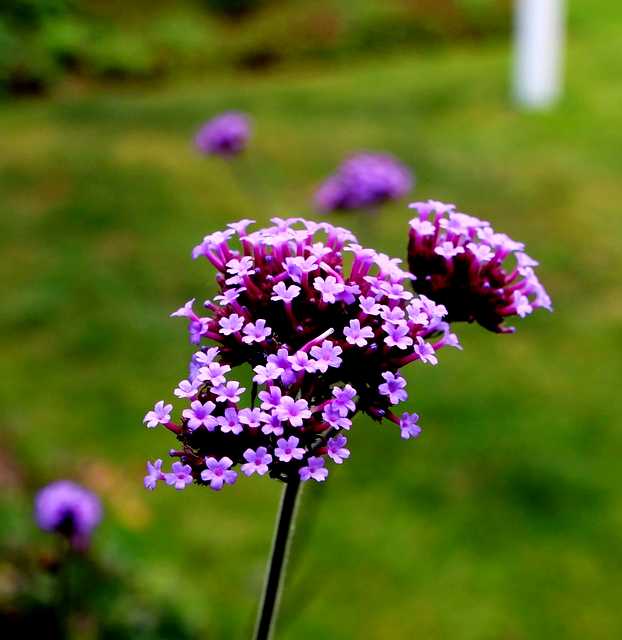
Last but not least, we turn to Verbena, which is cherished for its long-lasting blooms and ability to attract butterflies and other beneficial insects. With flower clusters that bloom in an assortment of colors, from purples to pinks to whites, these plants work wonderfully in containers, hanging baskets, or landscape beds.
Verbena thrives in well-drained soil and full sun, making it suitable for Michigan’s typically warm summer weather. Their compact growth habit and resilience lend themselves well to a garden’s design schemes, where they can provide a carpet of color beneath taller blooms. Providing continuous blooms through summer, Verbena can create lasting impressions in your landscape.


